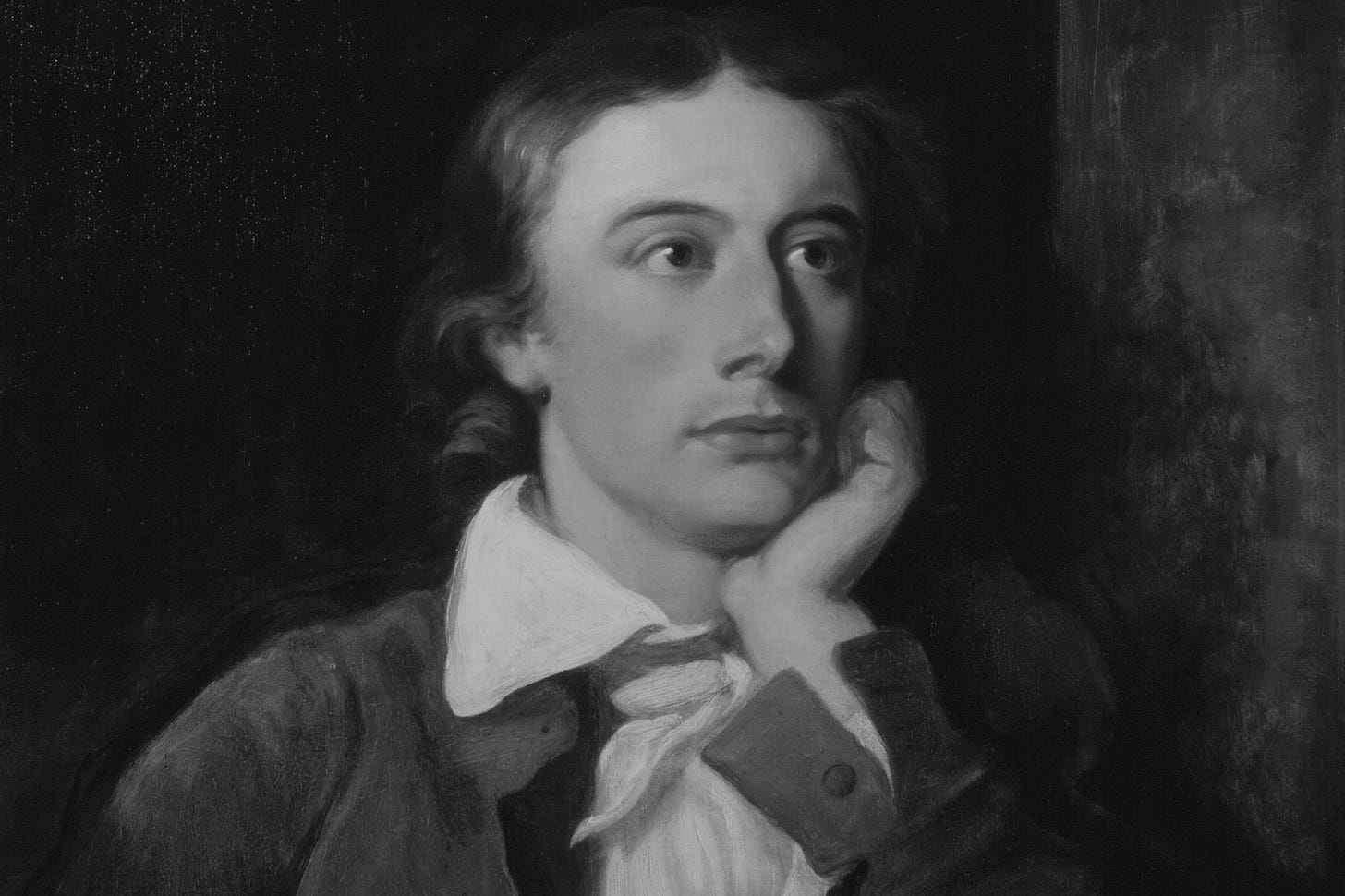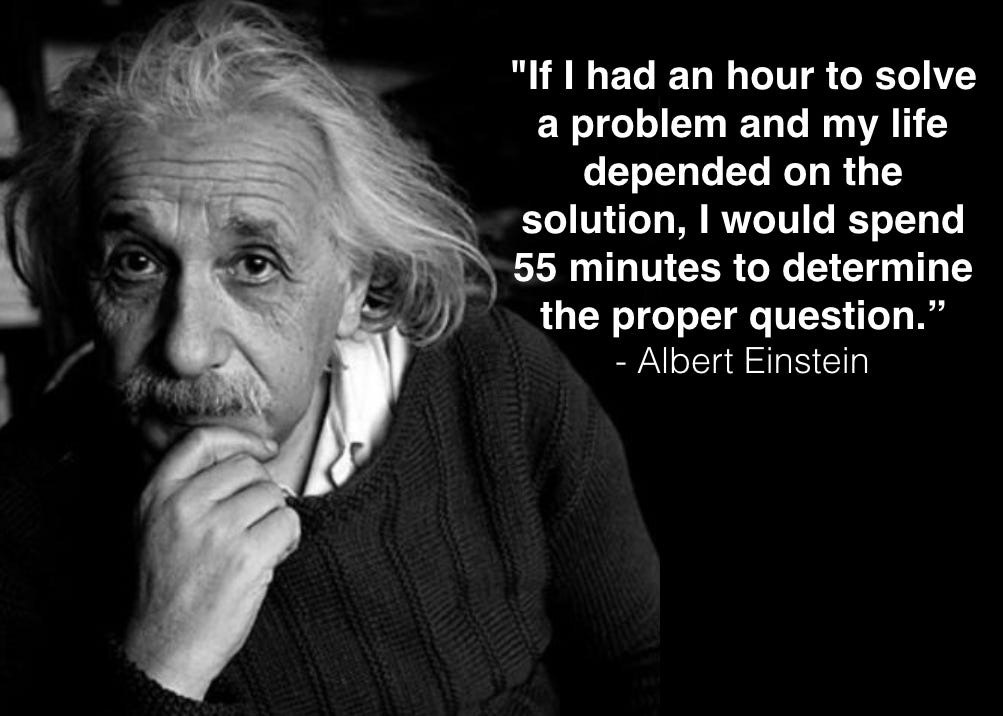Engineering is Dead, Long Live AI Architects
The age of AI will be about asking the right questions not crafting answers. Prompt engineering is obsolete and will be replaced by prompt architects creating new and interesting questions.
In 1817, the poet John Keats developed the concept of "Negative Capability" in a letter to his brothers. In it he described the ability to remain in uncertainty, mystery, and doubt without seeking to resolve them with "irritable reaching after fact and reason". Negative capability was about embracing the unknown and accepting a state of "half-knowledge". The idea stemmed from his disagreement with Coleridge's tendency to seek definitive answers. Keats believed that true understanding and creativity could be found in the space of mystery itself.
If something remains in a state of mystery, we sometimes say that it ‘raises more questions than it answers’. Asking good questions and being comfortable with a never ending production of new ones are at the core of human creative expression and I believe that in the age of AI, the role of humans will increasingly be to ask great questions rather than deliver perfectly formed answers.
This will be the domain of creatives, art rather than craft and ultimately architects rather than engineers. I use the term architect rather that artist in order to differentiate between someone primarily creative and someone primarily execution focused, working in the same project. The difference between an engineer and an architect is that an architect’s purpose is to question the brief itself, not just to make a building stand up but to design something new and original. It’s not always a good idea for a heart surgeon to operate on you in an interesting and unusual way, but it’s good if an architect does this when designing a new space.
The shift away from engineering will face resistance and already is, since for decades engineers and engineering thinking has dominated information technology, with engineers receiving the largest salaries and craft rather than art also dominating supposedly creative design roles such as UX.
Nothing shows this more than the absurd level of geekery and obfuscation that design languages and tools from CSS to Figma have brought to web design, making it harder to produce a web page today than 30 years ago. Today’s UX designers are a masonic guild of journeymen, protecting their craft against art.
At its most basic level, a prompt is a question and the art of prompting is to come up with interesting questions and use cases that unlock untapped capability. But most of the focus until now has not been around coming up with interesting questions to ask AI models, but has gravitated towards ‘prompt engineering’, which is about how to phrase a question not what question to ask in the first place. I would argue that prompt engineering was the last gasp of engineering culture, desperately trying to find an engineering or craft role in between the creative role of coming up with questions and the automated AI role of answering them.
Prompt engineering was dead as soon as it was born as AI systems themselves have moved towards inference side reasoning, enabling better prompt engineering within AI chat interfaces themselves, from 'single shot’ questions. In response to this, the focus has recently shifted to structured ‘if this then that’ flows for agents, where the deterministic, branching logic of these flows is the bread-and-butter staple of codified logic for programmers. Except that even with agentic flows, we have seen the explosive growth of tools like n8n due to AI produced workflows, directly exported in a format for import.
In summary, engineers are being squeezed out between AI automation and tools that replace the hard-graft, craft element for generating anything new. In some ways this is a continuation of the replacement of painting with photography, where a machine automated the craft element of documenting things, leaving the only paintings with any credibility being those that were perceived of artistic rather than figurative, documentary value. Ironically, the large number of art schools in places like the UK was a product of the army of painters required to document the feats of the British Empire in the age before photography, rather than a particularly aesthetic culture, yet as this became obsolete the schools remained and shifted towards abstract artistic expression rather than craft.
Generative AI is a camera of humanity, a window into the collective memory of human output that is able to remix human culture in any medium. Like a DJ asking herself which tracks to mix rather than producing music, in the age of generative AI all that remains in the question.
Questions are the most profoundly human quest of all and without them AI models sit as inert, lifeless sieves of trillions of ones and zeros with no purpose and no goal. In the age of AI, you may not need to know how to paint or draw, take pictures, write or even how to prompt, but the pinnacle of human existence will reside in being able to ask great questions.




Aaah... You broke my heart! Here I am, thinking all these years since Eng. School that I'm an artist in the soul, a creative in the flesh, now merely reduced to my tools of expression, my engineering craftmanship 😅
We had such endless debates back at EPFL with guys and gals from the Architecture Dept, on whether an engineer is also an architect... I still contend that's true, even though as you say, industrializing the production of something implied specializing the people who worked towards that goal.
I'd have said that by commoditizing some of the execution tasks, those new AI tools help blur the "frontier" between engineering and architecture, because now the artist, engineer or architect, can focus more on the conceptualization and designing of a solution to a problem, without thinking too much about the execution. But of course... I'm an engineer